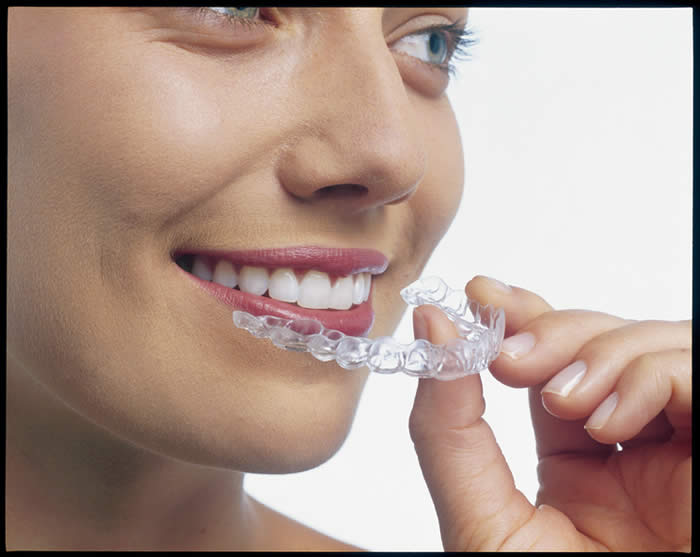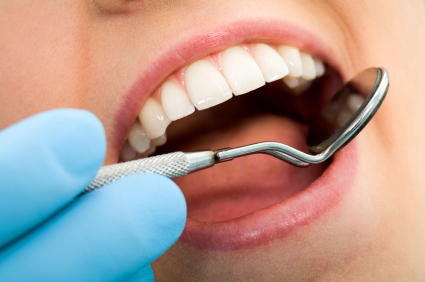
Orthodontic treatment is beneficial to all people irrespective of your age. An estimated 50% of the population could benefit from some form of orthodontic treatment. Early treatment can help prevent more serious problems from arising, and/or make treatment at a later age less complicated and faster. As such, the American Association of Orthodontists recommends visiting an orthodontist for all children by the age of 7 years.
That said, the ideal orthodontic result requires the patient to be proactive in their treatment. In other words, the more interest, enthusiasm, and dedication you show towards your orthodontic treatment in Ocala, FL, the sooner it will be complete with better results. It’s important that you attend appointments regularly, keep your braces or aligners clean and safe, and avoid hard and sticky foods that can interfere with a successful outcome.
Here are some ways that visiting an orthodontist can transform your life:
- Eliminates unbalanced biting forces that may cause uneven wear of tooth enamel
- A great smile that improves your appearance, confidence, and improved self-esteem
- Straight teeth are easier to clean for healthier teeth and gums, and reduced risk of gum disease and tooth decay.
- Correct cases of misalignment that strain the jaw joints and cause TMJ disorder. Temporomandibular jaw disorders (TMD) make it difficult to open and close the mouth, sometimes causing clicking and popping in the jaw, facial pain, and chronic headaches.
- To hold or create space to replace missing teeth, preventing adjacent teeth from shifting. Your orthodontist can also work with your general dentist or specialist to install dentures, implants, or bridgework to give you the best result.
- Malocclusion can strain your jaws, causing you to grind your teeth or clench the jaws (bruxism). Over time, the increased pressure can damage your teeth and jaws. Straightening your teeth can reduce the risk of bruxism.
Final Note
Orthodontic treatment is intended to improve both the function and aesthetics of your mouth. Successful treatment can transform your smile to boost your confidence and self-esteem while giving you an efficient bite and healthy teeth.





